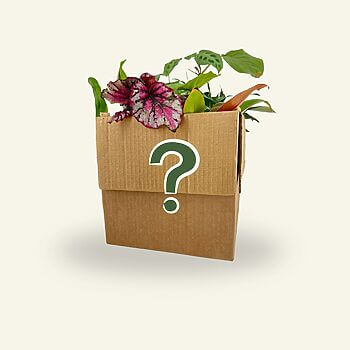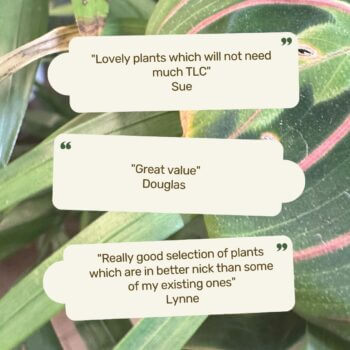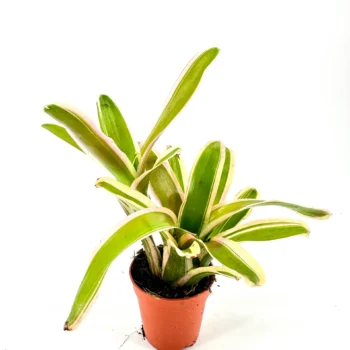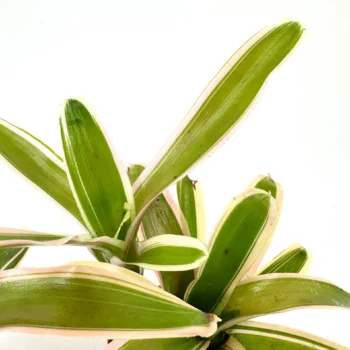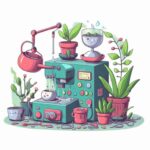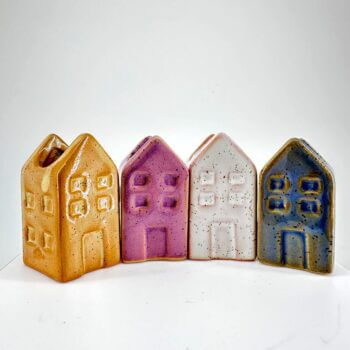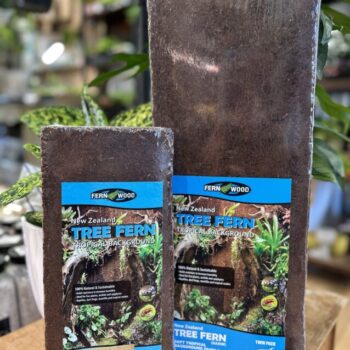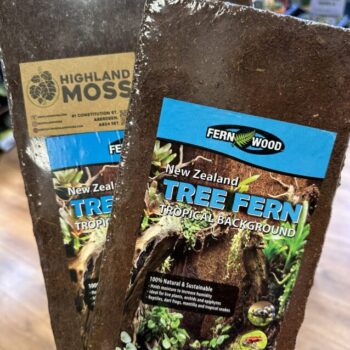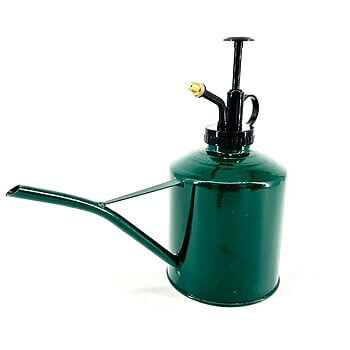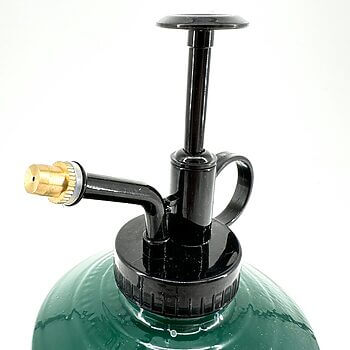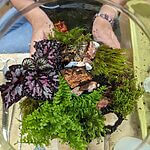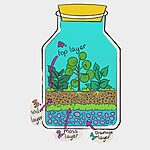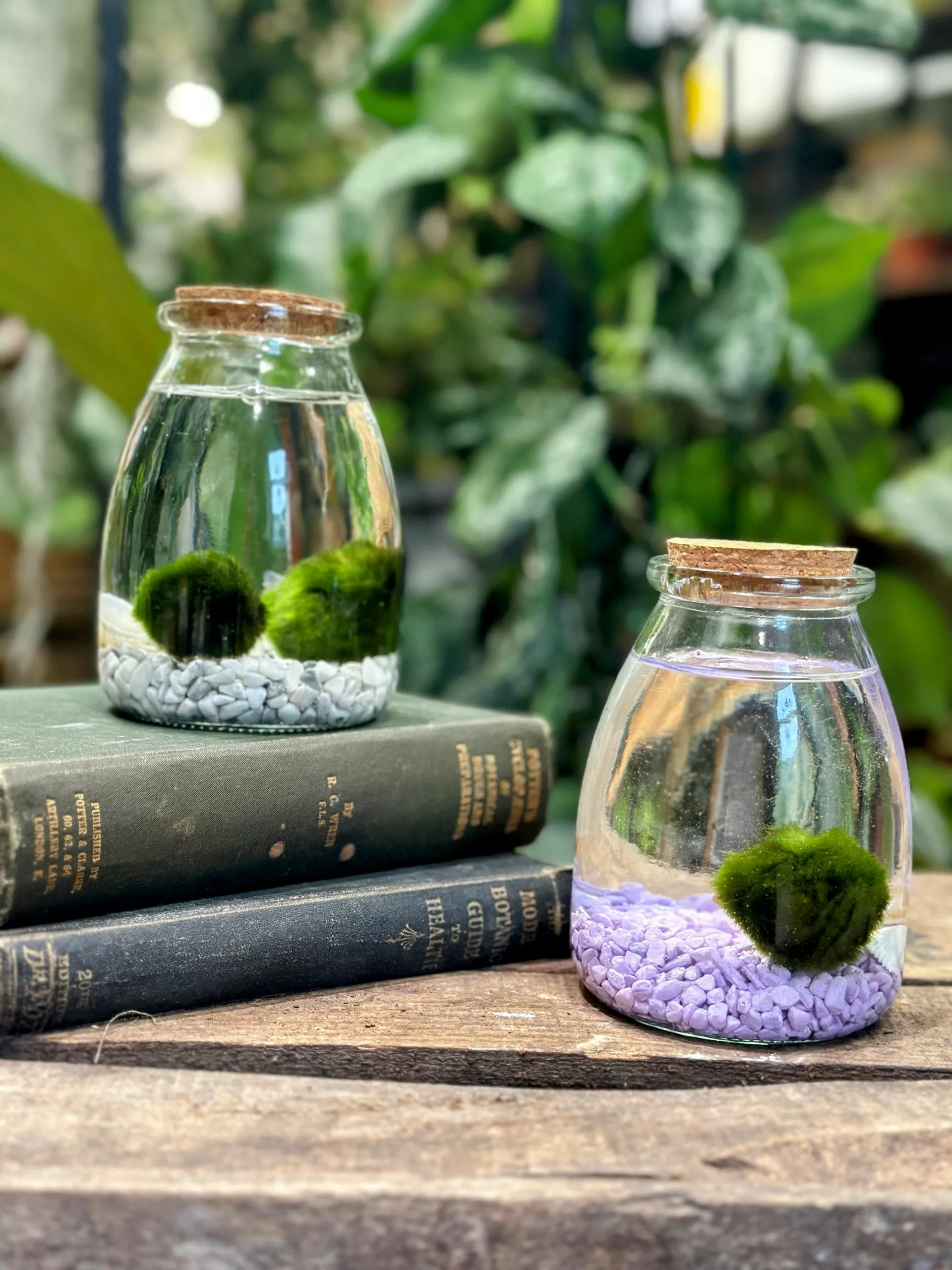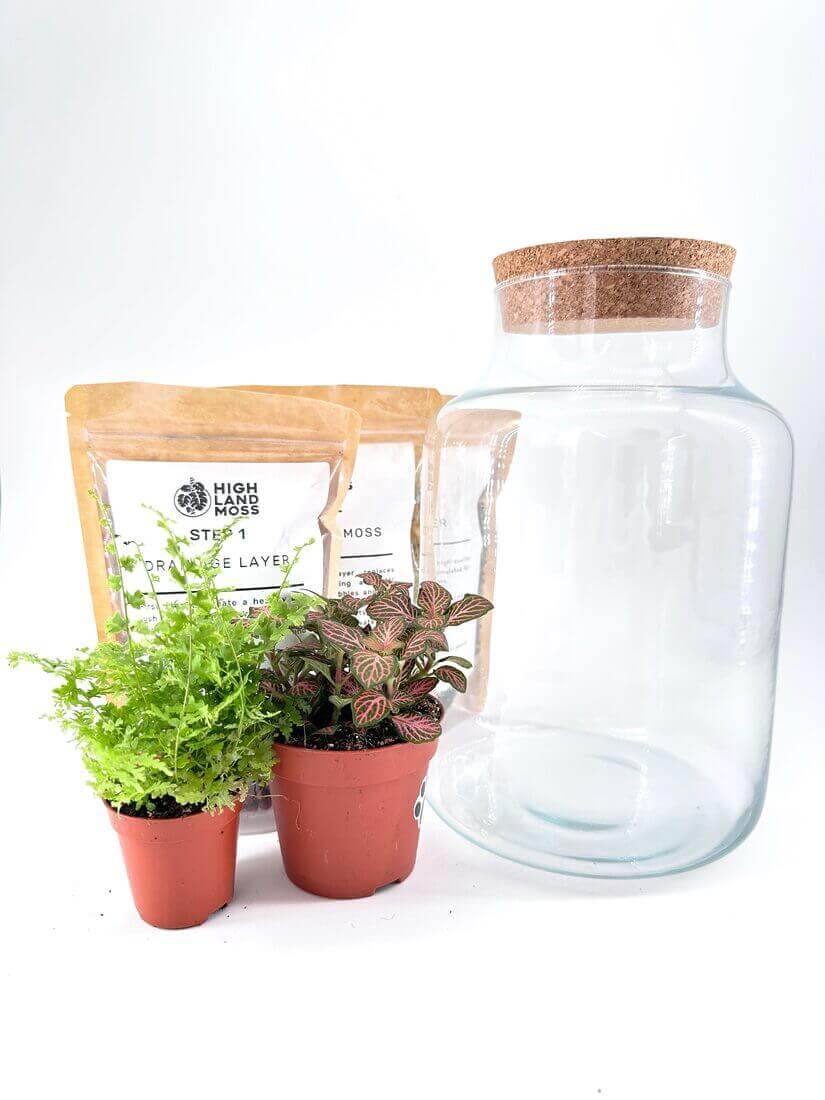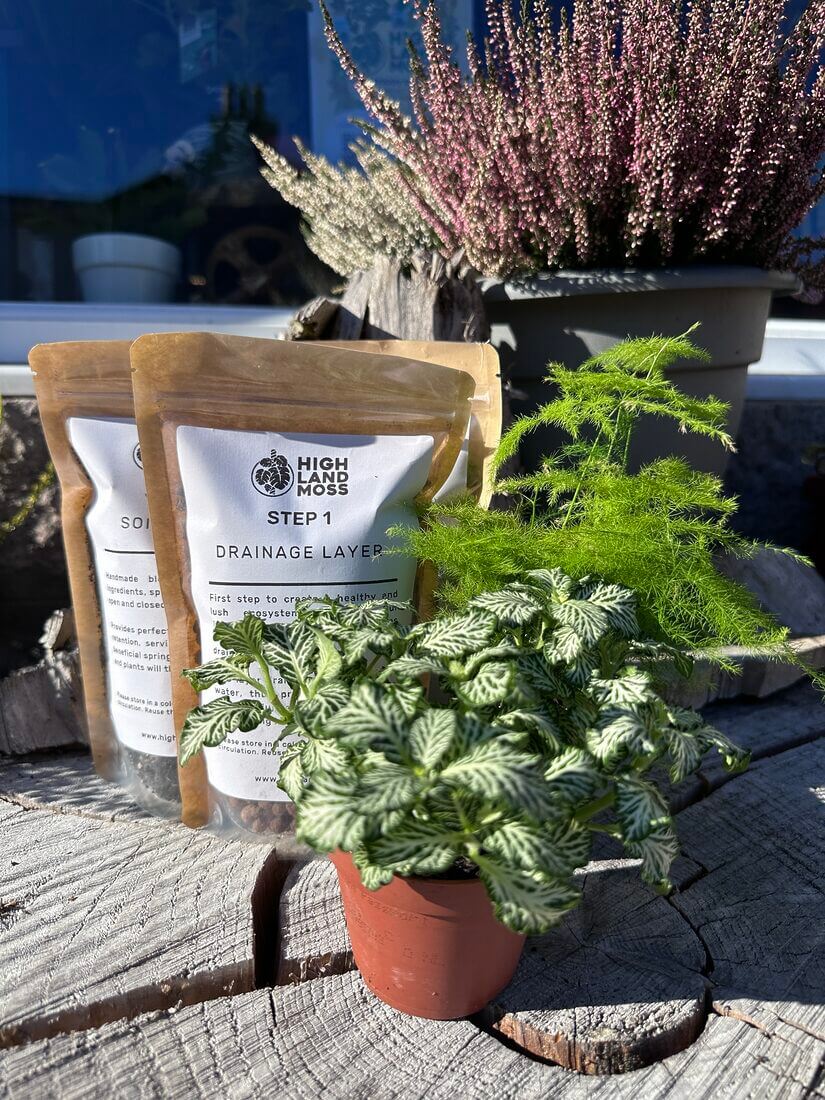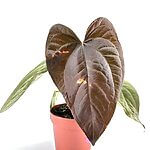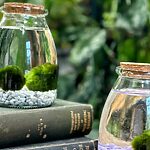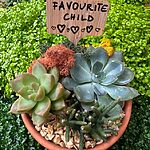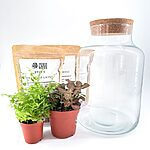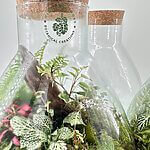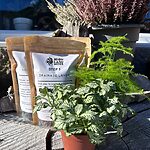Table Of Content
- About
- Light
- Humidity
- Water
- Pests & Diseases
- Feed
- Pruning
- Repotting
- Troubleshooting & Tips
- Toxicity
- Species
- Ficus Bonsai
- Ligustrum Bonsai
- Zelkova Bonsai
- Schefflera Arboricola Bonsai
About
Bonsai can often be misunderstood and the true meaning of Bonsai may be a little bit lost in western culture. While we have taken the parts we like and left some of the origins, keeping Bonsai trees has become increasingly popular.
In the simplest form Bonsai is the Japanese art form of growing and training miniature trees in pots. The art form of Bonsai attempts to grow these small trees to resemble a tree much larger and more mature by mimicking the shape and style of the species of tree selected. The art form consists of techniques that can take a lifetime to master which include pruning, using wire to train branches into shape, root trimming, defoliation, and grafting and contorting the main stem into twisted and weeping shapes.
The true purpose of keeping and creating Bonsai is for meditation and contemplation for the viewer. It is meant to be a long-term practice to teach patience, some of the oldest Bonsai in existence are centuries old and have been passed down through generations, this is what keeps the magical skill alive.
Bonsai can be created in a few different ways, either from seed, cutting or a suitable small tree. Really any tree that has a perennial woody stem can be kept and trained as a Bonsai but there are certain species that are better suited and create much more impact due to their characteristics.
Bonsai houseplants are definitely not for the fresh-faced plant keeper and often not understanding the difference between a Bonsai and a regular houseplant more often than not can lead to a short life expectancy for the plant. Bonsai are trees and in reality, trees should always be kept outdoors, most trees need high levels of light, cooler temperatures and changing seasonal climates to really thrive but these conditions can be incredibly hard to replicate indoors. In more recent years more tropical trees have been introduced to try and make conditions easier to replicate but it is still a challenge to keep a Bonsai alive and a hard task to keep them happy, healthy and thriving.
Light
Bonsai trees need a high amount of intense light and even sitting in a south-facing window it can still lack the light it needs. You must place your Bonsai in the brightest spot achievable in as much direct light as possible to give the plant the best chance of survival.
Lack of light won’t kill the plant but it will cause slow growth and weaken the plant over time leaving it susceptible to pests and diseases. The ideal location for a Bonsai would be a conservatory or even a greenhouse with a touch of shade to protect from the harsh rays of the sun in the summer.
Humidity
Bonsai trees’ ideal level of humidity is around 70%-80% but these conditions can be difficult to achieve. So it is important that you supplement the humidity level around your Bonsai to keep it as happy as possible.
Bonsai are well suited to bathrooms or kitchens where the humidity levels will naturally be higher. Also, a location where they can receive a breeze or regular airflow will help. It’s important not to place these plants too close to radiators or areas of the home where the air tends to be drier.
Water
Watering Bonsai can be a little tricky especially due to the shallow pots which can dry out quickly in the warmer months. Bonsai must be regularly monitored and checked and should only be watered when needed.
The best way to water the plant is to submerge it in an under tray of water until the water level sits roughly halfway up the pot. Depending on the size of the tree it can be left in the tray until it has absorbed enough water to moisten the soil at least ⅔ of the way up, it is best to check the plant every fifteen minutes until adequately watered.
Since Bonsai are in such shallow pots, they can be incredibly root-bound and may need watering extremely frequently in the summer, sometimes even daily depending on the plant. Regularly check your plant during the warmer months to make sure you’re keeping on top of the watering.
Pests & Diseases
Pests can be common with Bonsai due to the common lack of optimal conditions. So it is good practice to regularly check your plants for any signs of aphids, red spider mites, mealy bugs, and thrips. By checking regularly, you allow yourself time to prevent a full-blown attack.
Mildew can also be a common issue with Bonsai due to the lack of airflow and light, if this happens it is best to place your tree outside for a while to try and solve the issue.
Almost all issues with Bonsai can be rectified by placing them in the best conditions possible, which for most of the year is outdoors.
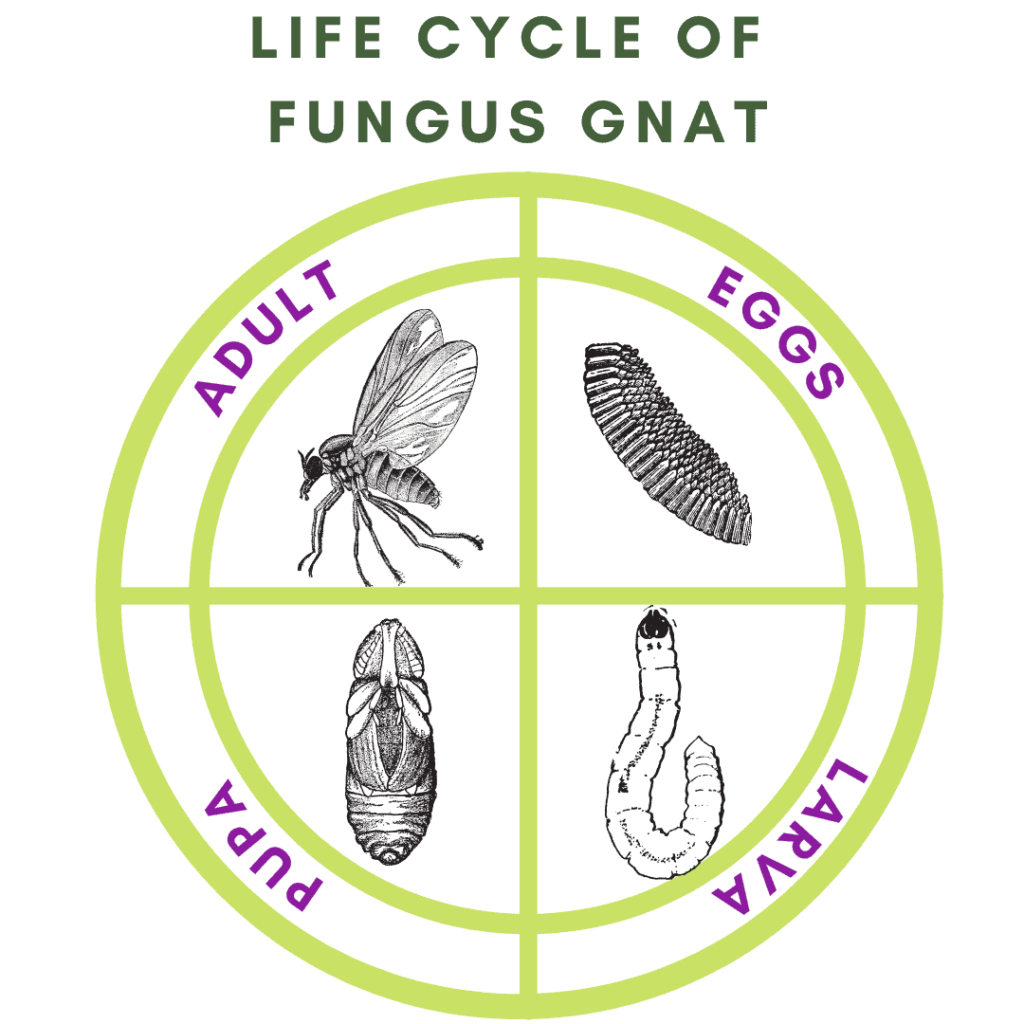
Check our video on homemade pest remedies or head over and read Fungus Gnat Fact Check and Home Remedies how to guide
Feed
It is important to only use a Bonsai-specific feed as there are certain nutrients that can be found in higher quantities in regular houseplant feed that can cause damage to the root system which in turn will weaken the tree.
In any case, it is best to use a liquid feed that can be added to an undertray while watering. Ideally every four to six weeks will be ideal to promote growth and overall health.
Pruning
Pruning often sits at the heart of owning a Bonsai and can be the most enjoyable part of owning the plant. It is also essential to maintain the shape and more importantly the health of the plant.
It is worth investing in a proper pair of Bonsai pruning scissors and creating an area where you can prune. You should be able to see the tree from all angles to really tune into the shape of the plant to give it that natural look, this is when the art form really starts to show itself.
You should always try to trim back overly long new shoots either completely or back to just a couple of leaves. It is important to maintain gaps between branches and not allow the plant to become overrun or bushy; this will hinder airflow and lead to pests, diseases, and powdery mildew.
Pruning should be done regularly and should almost be a meditative practice, learning to see the ancient tree within the young sapling.
Repotting
Repotting is not quite as straightforward as repotting other varieties of houseplants. There is a little more to consider when repotting Bonsais. These plants are kept in wide shallow dishes and this is done to keep the root system controlled which in turn allows the tree to stay a miniature size while still maintaining its health.
Firstly it will depend on the maturity of the plant and the vision the owner has for it. When a Bonsai has reached the perfect size in the eyes of the owner, the common practice instead of changing the pot to something bigger is to remove the plant from the pot, trim back the roots and place it back into the same pot. This helps to keep the root system happy and healthy and in turn, does the same to the tree. There is also a visual appeal to keeping mature specimens on the edge of being root bound as often it gives the presence of an ancient tree as the roots push to the surface giving the illusion of large roots across a forest floor.
However, with most Bonsai purchased as a houseplant, they are relatively young and will often benefit greatly from moving up in pot size. This will help to increase the foliage, encourage growth, and allow the tree to develop much quicker. The other very handy bonus that comes from moving to a larger pot size is that the plant will need to be watered far less than if kept in a smaller pot as more water will be able to be absorbed by the soil and in turn the roots.
When repotting Bonsai it is important to use a specific Bonsai potting mix, the root system of these plants must have a good balance of nutrients, water retention, and airflow and be able to tolerate being kept in the same soil for longer periods of time compared to other houseplants.
You can put together your own Bonsai potting mix which is usually made of 50% akadama, 20% pumice, 20% lava rock, and 10% organic potting compost. The ratios can be tweaked and changed depending heavily on the variety of tree that is used for Bonsai.
Troubleshooting & Tips
- Most Bonsais should be kept outdoors. At the end of the day, they are trees just like the ones you see in woodlands and forests. Like those trees, Bonsai also want to be exposed to all four seasons. The next best thing to do is place your Bonsai outside for the summer. This will help to encourage natural growth and keep the plant healthy.
- The exception to the tip above is tropical Bonsai, which will make up most Bonsai that find their way into the hands of Bonsai beginners. Often these will be a variety of Ficus as these are much more forgiving than other species used for Bonsai. While they are more forgiving they are still no easy task to look after.
- Bonsai yearn to be in the bright, cool, humid air. Keep this in mind when picking a spot for your Bonsai. The closer you can get to these conditions the happier it will be.
- You may notice your Bonsai put on a massive flush of growth and then soon after start to struggle. This often happens because any plant will put on growth if given enough warmth and water but after time if they don’t receive enough energy in the form of light in return they will not be able to sustain all the new growth they have developed.
Toxicity
Bonsai come in such a wide range of species that toxicity will heavily depend on what type of Bonsai you have chosen. Bonsai can range from fatal to mildly toxic, some bonsai are poisonous to pets and humans and others are not. Always make sure you find out what species your Bonsai is so you can research if the plant poses any threat.
Species

Ficus Bonsai
A great place to start if you have never kept a Bonsai before, Ficus are well adapted to being kept indoors. With rich green leaves and a dark brown trunk, this plant makes for the perfect canvas to start shaping the tree you see in your mind’s eye. Be very careful when watering this plant as Ficus can be unforgiving when overwatered and will tend to drop a lot of leaves.
Ligustrum Bonsai
Often Ligustrum Bonsai are vigorous growers, more often than not, when you first purchase this plant it will be bushy and overgrown and in need of good shaping. Producing much more delicate leaves, with a good vision this tree really does look like a miniature giant.




Zelkova Bonsai
Probably the easiest Bonsai to keep, if you are a real novice this should be the place to start. A robust little tree with small delicate leaves with jagged edges all the way around. While this plant may be a little harder to shape, as the crown is grown out and carefully trimmed, this plant will start to develop a deep sense of character.


Schefflera Arboricola Bonsai
A great example of using a not-so-typical species as a Bonsai. Schefflera are much easier to keep as indoor plants and their care is far more predictable than other species used as houseplant Bonsai. Sat proudly at the top of a lava rock mountain this plant is a great display of its epiphytic capabilities.




If you enjoyed this guide head over to Articles & Blogs to learn more or check out our YouTube for even more useful information!




